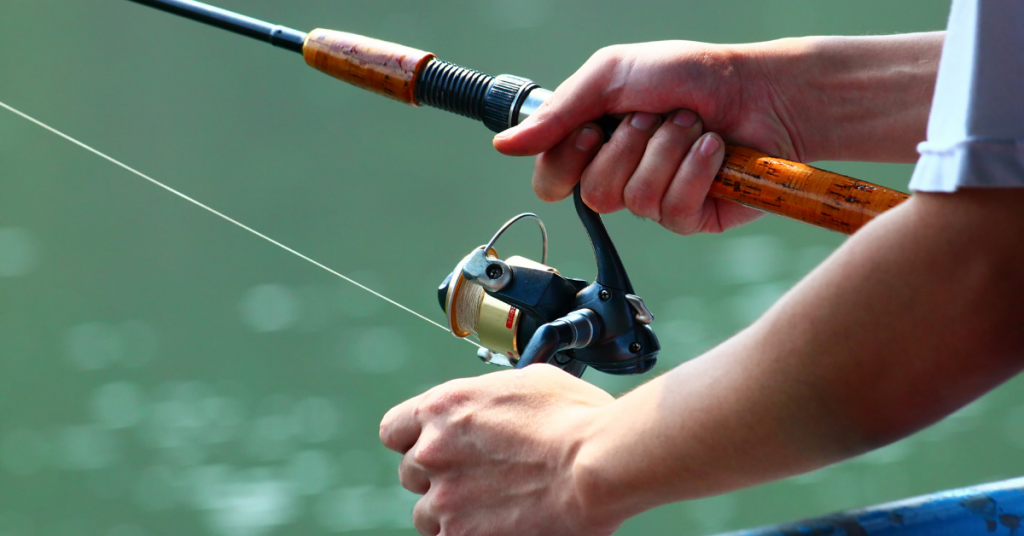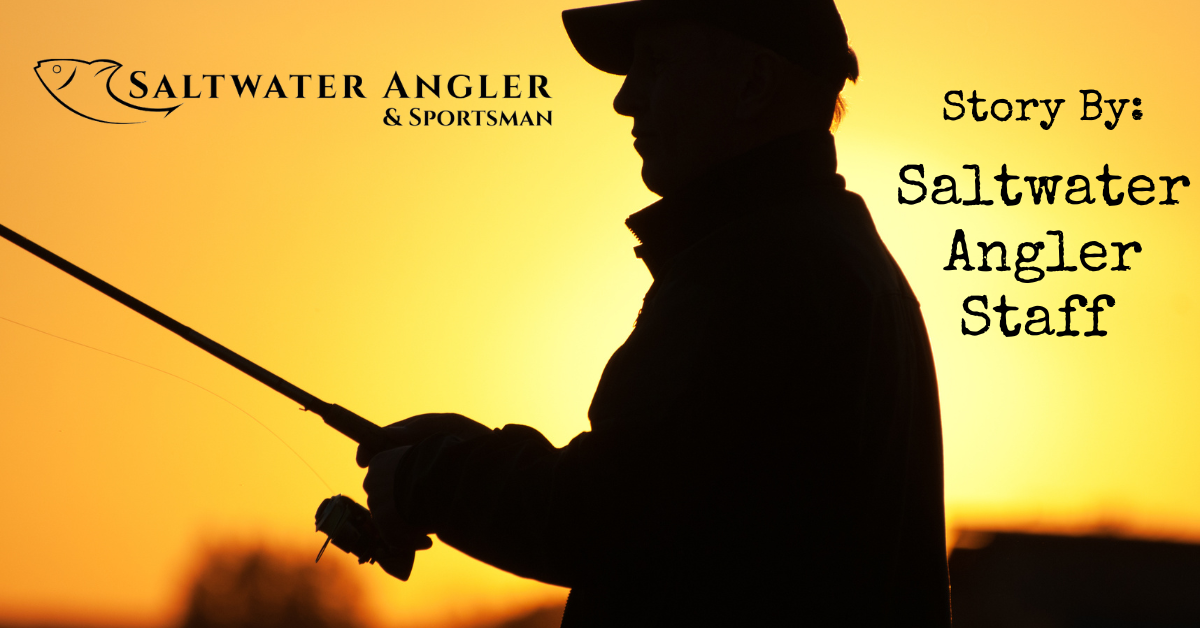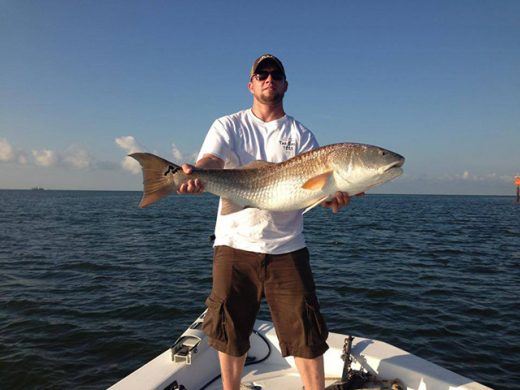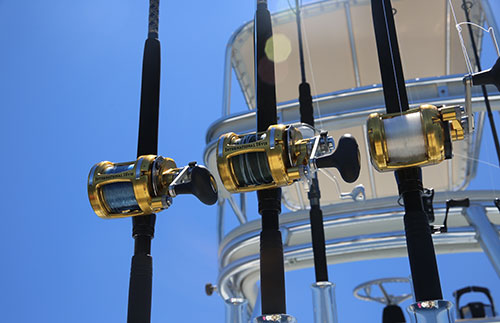The Art Of The Perfect Inshore “Hook-Up”
Do fishing tactics change between inshore and offshore fishing? Not so much when it comes to the hook-up.
So, here’s where you start. Once you get a bite, it’s sometimes hard to remember to focus on reeling the line tight and pulling the rod back slow and steady. A quick jerk of the line can cause a break while a loose line can cause the fish to spit the hook. Set up your rod and line to best work for the species you want to catch, and conditions you’re fishing in. If you like to set the hook hard, use monofilament on a softer rod. If you’re more experienced, go with a stiffer rod and use the tougher braided line. The results will be far better and your lost fish will decrease. It’s important to remember that braid has less flex than mono so you can easily break your line by jerking the hook and have the drag set too tight.








